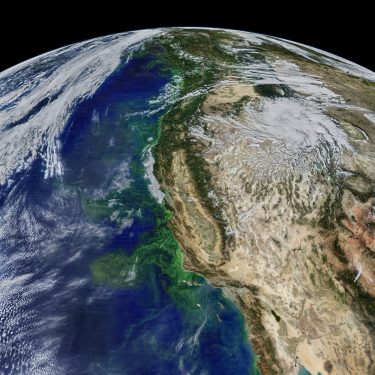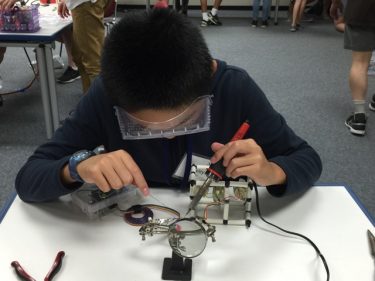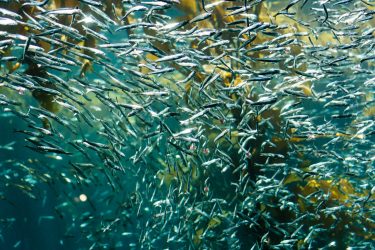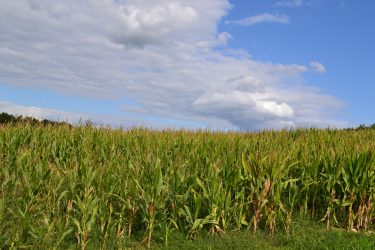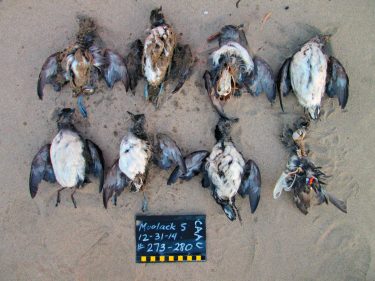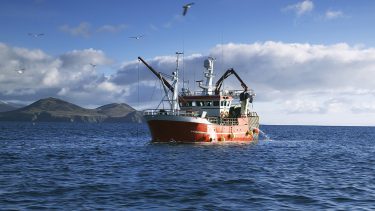
Which food type is more environmentally costly to produce — livestock, farmed seafood or wild-caught fish? In general, industrial beef production and farmed catfish are the most taxing on the environment, while small, wild-caught fish and farmed mollusks like oysters, mussels and scallops have the lowest environmental impact, according to a new analysis.
The study appears online June 11 in the journal Frontiers in Ecology and the Environment, and its authors believe it is the most comprehensive look at the environmental impacts of different types of animal protein production.
“From the consumer’s standpoint, choice matters,” said lead author Ray Hilborn, a University of Washington professor in the School of Aquatic and Fishery Sciences. “If you’re an environmentalist, what you eat makes a difference. We found there are obvious good choices, and really obvious bad choices.”
Read more at UW Today »



